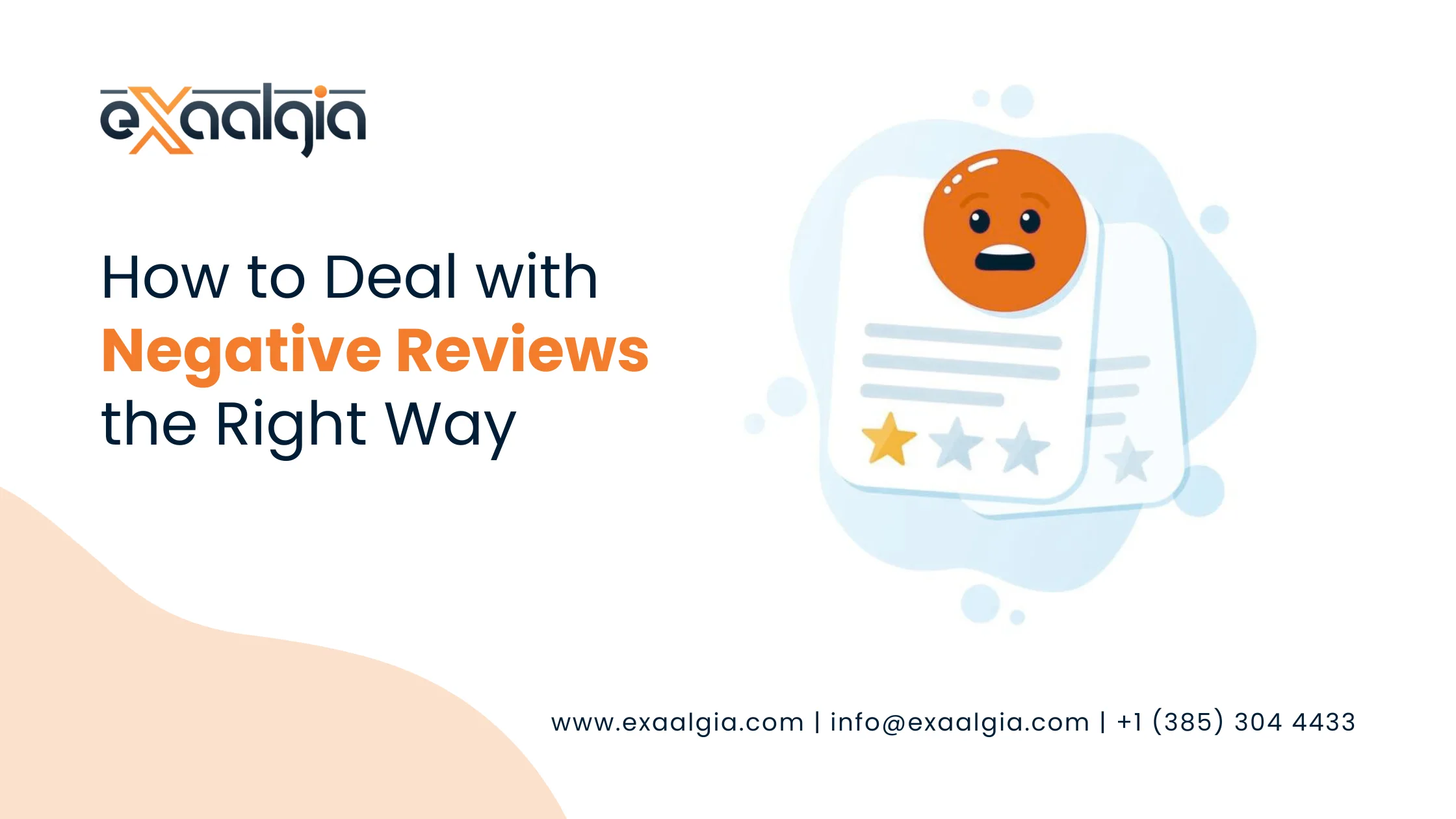In this post we shall endeavor to give you a step by step procedure of defining domain name, the significance of this, and the feasibility of an SEO friendly choice of domain names to use in your site.
What is a Domain Name in Detail?
In the simplest terms, a domain name is the distinctive name assigned to your website which users enter in the browser’s address bar to reach your site. You can view it as your electronic address on the worldwide web.
The underlying principle of the Internet is the use of numerical addresses known as IP Addresses (for instance: 192.168.1.1). To human beings, these numbers are practically impossible to remember. This is the point where the Domain Name System (DNS) takes over. The DNS operates like an enormous directory that transforms these intricate IP Addresses into easily retained domain names (like google.com). When you input a domain name, the DNS immediately associates it with the corresponding IP address and brings you to the right website.
The Components of a domain name: TLD and SLD
A domain name is always made up of two main parts:
Top-Level Domain (TLD) / Domain Extension: This is the last part of the name, e.g. .com, .org, or .net. It is also called the domain extension.
Second-Level Domain (SLD): This is the part of the name that comes before the TLD and indicates the brand or brand name (e.g. google, amazon).
In the case of the domain name example.com:
- example = SLD (Second Level Domain)
- .com = TLD (Top Level Domain)
The Types of Domain Names
Domain Names are divided into several categories according to their TLD:
Generic TLDs (gTLDs): These are the most frequent and well known globally, e.g. .com (commercial), .org (organization), .net (network). .com is the most trusted and highly recommended.
Country Code TLDs (ccTLDs): These represent a particular country, e.g … in (India), .uk (United Kingdom), .us (United States). They are crucial for local SEO targeting.
Sponsored TLDs (sTLDs): These are limited to certain groups or companies, e.g. .gov (government), .edu (educational), .aero.
What Makes the Domain Name So Important?
A domain name is more than a mere address, it is an essential part of your online presence that provides power to the following aspects:
1. Branding and Credibility
A brand representing a domain name that is easy to remember has a great impact on the brand. Such a business attracts customers and even wins their trust. Brand based domain names (like Nike.com) are always preferred over keyword stuffed ones. They represent your brand and create a good memory.
2. User Experience (UX) Direct Impact
User experience (UX) is one of the most important factors in SEO. A short, easy to pronounce, and memorable domain name considerably lowers the threshold for users who want to reach your website, share it, and come back to it. This good UX finally helps to bring up the position in search results. On the other hand, if your domain name is hard or has hyphens in it, the number of people getting lost will increase, and so will the loss of traffic.
3. Indirect SEO Influence
Even though Google has asserted that the presence of a keyword in one’s domain name does no longer secure a direct ranking benefit (the value of EMDs, Exact Match Domains, has considerably reduced), it still has an indirect effect on SEO:
- Click-Through Rate (CTR): The more appropriate the domain name is to the business or subject, the more users will want to click on it when they see it among the search results.
- Backlink Anchor Text: Other websites often use your domain name itself as the anchor text for backlinks, which helps in building brand authority.
Select Your Perfect SEO Domain in 7 Simple Steps
Picking the proper domain name is a tactical move that might significantly facilitate your SEO work. Here are 7 steps the usage of expert opinion from SEO’s and Google’s advice to follow:
Step 1: Concentrate on Your Brand Only, Not Even on Keywords
The traditional SEO technique was to select names like bestshoesonline.com. Today Google favors sites with a brand name. Love your company name. Pick a name (like Zappos) which is not only keyword stuffed but is also rare and of good quality. If you can easily add a keyword to your brand name, then treat it like a gift, however, it should not be the main aim.
Step 2: Select the .com Extension First
Among all TLDs, the .com is the top domain. It is the most reliable and the first extension that people recall. When a person thinks of a company, by default they think of .com. If your audience is worldwide, then .com is a must. If your target audience is local, you may choose a ccTLD (like .in), but the reach of .com is usually greater than that of other extensions.
Step 3: Keep it Short and Easy to Remember
A domain that is long and complicated will be hard to remember. Limit your domain to 2-3 words maximum. A shorter name is less likely to be misspelled, thus creating better user experience. Don’t use weird spellings or mix up letters that are odd.
Step 4: Avoid Hyphens, Numbers, and Special Characters
Do not use hyphens (-) numbers (1, 2, 7) or special characters.
- Hyphens confuse people (Is it best-shoes-online or bestshoesonline?).
- Numbers also cause confusion (Is it the digit (4) or the spelling (four)?).
These things make your domain name look like spam and lower your trustworthiness.
Step 5: Ensure It’s Easy to Pronounce and Spell
When you are choosing a domain name, you should take into account how easy it is to pronounce and spell the word. If people cannot say it or spell it right, they may not even try to remember it or pass it on, which will consequently result in loss of traffic. Select a domain name that is simple and direct.
Step 6: Consider Potential for Future Growth (Long-Term Thinking)
Have a vision of the realm of possibilities that your business could expand into someday. For instance, currently, you only sell “women’s shoes,” but later you might also want to sell “men’s shoes” or “apparel.” If you go with a name as specific as “https://www.google.com/search?q=womensshoesonline.com” your limit is drawn. Choose a branded name that is broader (like FashionHub) so it can grow alongside your business. Google also has this point in their guidance, think long term because changing your domain name is a hassle.
Step 7: Secure All Social Media Handles
Once you have picked a domain name that appeals to you, right away check whether the related social media handles (like Instagram, X, and Facebook) are free. Consistency is central to your branding and marketing strategies. Having the same name across all platforms makes your identity stronger.
How to Securely Register Your Domain
After choosing your perfect domain name, the next thing to do is domain registration.
1. Picking a Trustworthy Registrar
Your domain name must be registered with a trustworthy domain registrar (like GoDaddy, Namecheap, Google Domains). A reliable registrar offers clear pricing (especially for renewals), robust security (WHOIS privacy), and superb customer support.
2. Checking Availability and Registration
The first step is to visit the registrar’s website and see whether your desired name is available.
If so, go ahead and sign it up for a term of 1 to 10 years. From an SEO viewpoint, a lengthy domain name registration shows that you are in for the long haul with your business, however, Google has made it clear that this does not influence rankings directly.
3. Connection with Web Hosting
Normally, domain name and web hosting are bought at the same time, but in fact, they are different services. The domain name is the URL of your website and the web hosting is the server where all the files and data of your site are kept. For the two to work together, you need to change the DNS settings so your domain gets directed to the server where your hosting is located.
Making the Right Choice: Summarizing Your Domain Strategy
The domain name is the entrance to your digital world. Its association with SEO is faintly related through excellent user experience and branding. Rather than going for the keyword stuffed, pick a concise, easily remembered, and brandable domain name that allows your business to grow and takes advantage of the .com extension’s popularity.
If you keep these 7 steps in mind and take up the proper domain registration process, you will be able to establish a strong online presence for your website. A good beginning is critical to success.
Frequently Asked Questions
1. Does my Domain Name have an impact on my Google ranking?
A: No, there is no direct link between the two. Over the years Google has virtually rolled out the red carpet for domain keywords as far as direct ranking boosts are concerned, on the other hand, a good domain name that is easy to remember and pronounce indirectly gets you more traffic, thereby, improving the main search engine rankings indirectly. Google has also acknowledged that a good host name is indirectly acting as a good quality link to your site. This is a complex situation where the good and the bad of a site are weighed up before determining the site’s ranking.
2. Is it wiser to go for a keyword-focused domain or a memorable one?
A: A brandable domain name should always be the first choice. In the past, keyword focused names (Exact Match Domains) were the most sought-after, but Google nowadays prefers unique, memorable, and brandable names (e.g., Netflix instead of onlinevideostreaming.com). A brandable name will allow you to change your products and services without having to go through the renaming process and will serve you as a good marketing tool in the long-term.
3. What is the difference between a Domain Name and Web Hosting?
A: The Domain Name is the address of your website on the internet (for example, mywebsite.com). Web hosting is the virtual land or space on a server that contains all your website’s files, images, and data. Without both, there wouldn’t be any operational website. The domain name directs the visitors to the web hosting.
4. Which TLD is the most suitable for SEO among .com, .net, and .org?
A: .com TLD in most cases is considered the best one because it is the most familiar, the most reliable and most often assumed by users. .com should be the number one option for the worldwide companies. If you target only a local market, a ccTLD like .in or .uk can work in your favor for local SEO.
5. Will changing my Domain Name affect my SEO negatively?
A: Changing your domain name can have an adverse effect on your SEO as you are effectively relocating your whole online presence. Nevertheless, you can lessen the impact by smartly applying 301 redirects from each page of your old domain to the corresponding page on your new domain. This technique notifies the search engines that the relocation is everlasting and transfers link equity (authority).
6. Is it advisable to have hyphens or numbers in my domain name?
A: You must not have hyphens and numbers at all in your host name. They create a hard to remember domain prone to misspellings and are sometimes linked to spam or poor quality sites which, in turn, hurt your user experience and trustworthiness.







